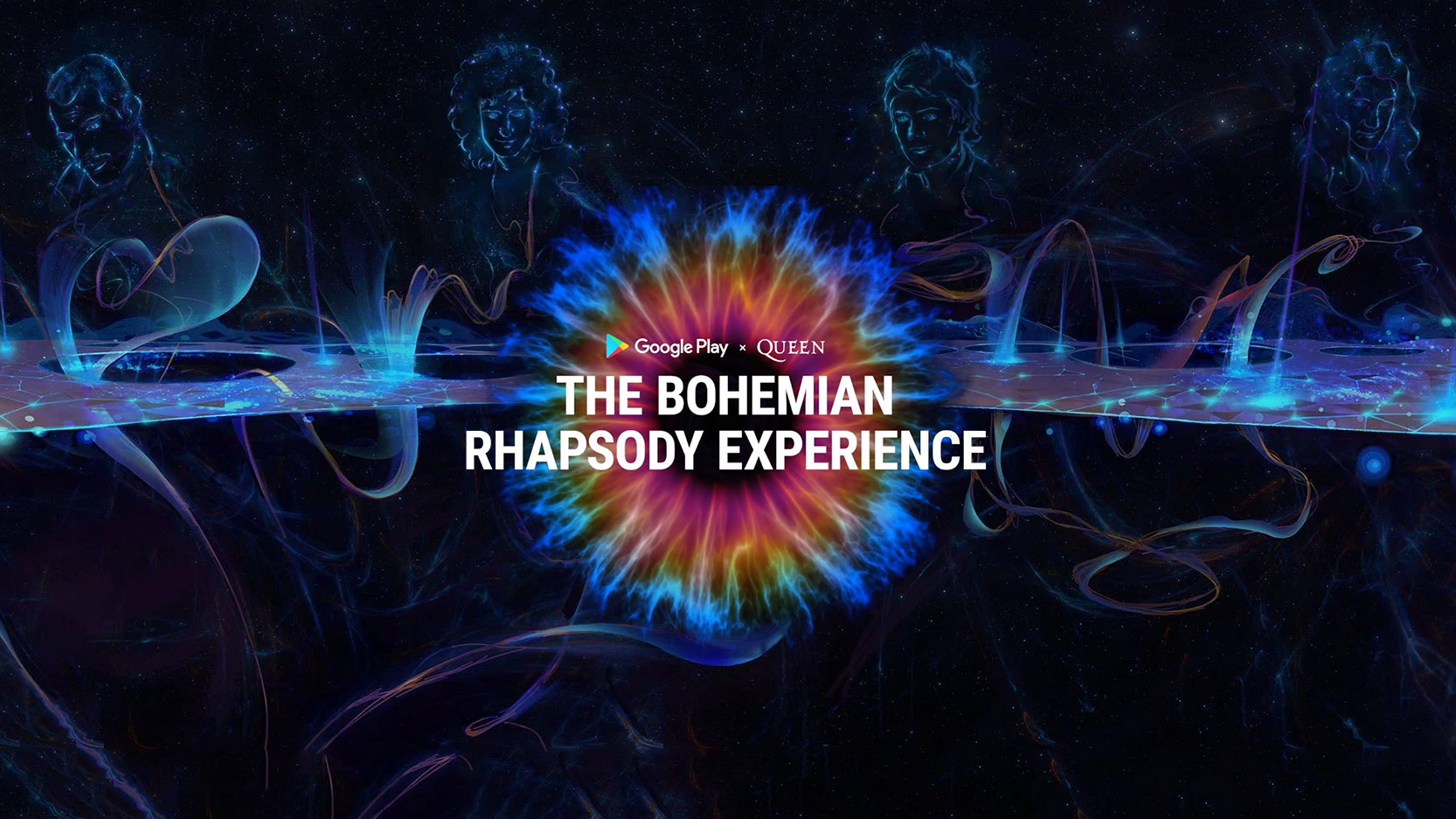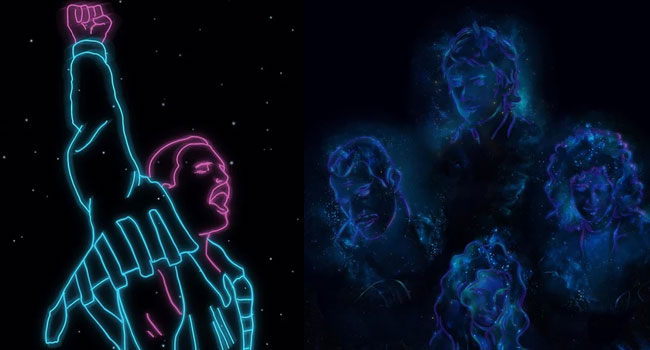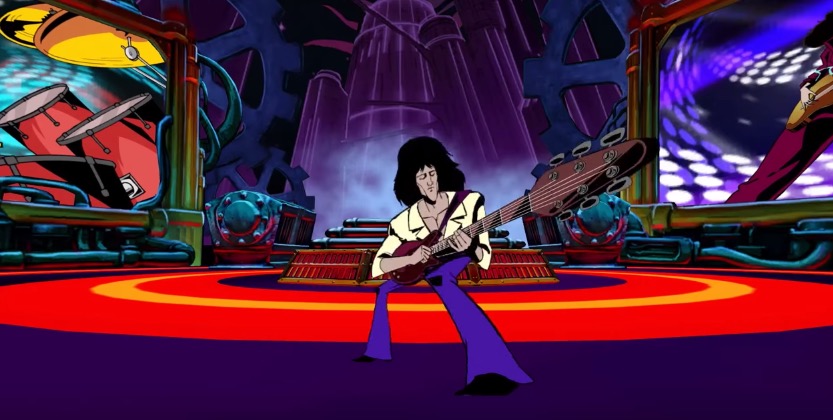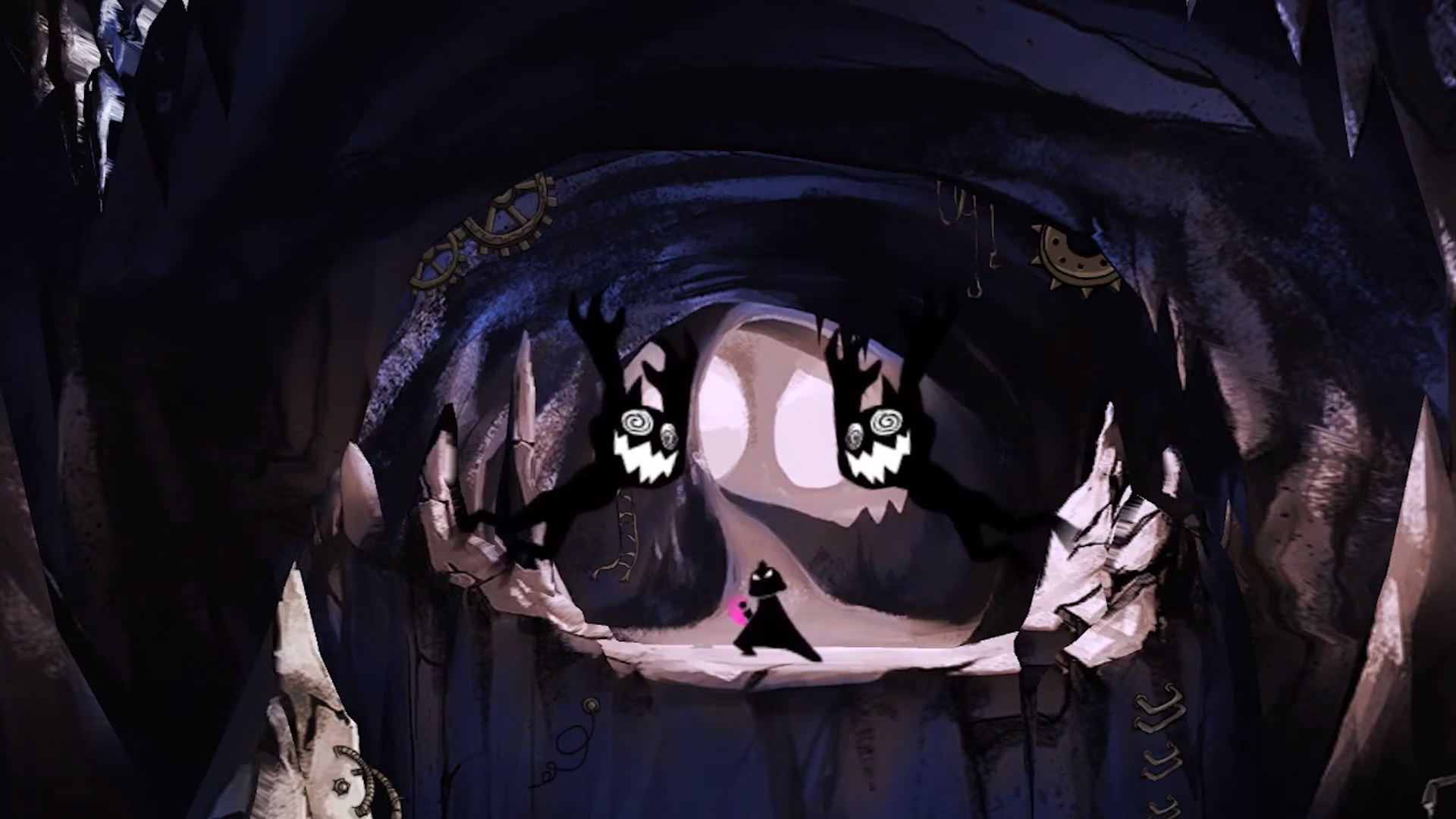
Added on 4 January 2017
By WpFlara!-14?!
0 Comments
But Don’t Make This Mistake:
“The best content is other people” says Dmitri Williams in a recent op-ed article in the L.A. times, making a very good case about the importance of the social aspect in helping new games and platforms succeed. But for social features to work, they need to happen at the right time and place in your experience.
The most successful games of the last few years have all helped us connect socially: “World of Warcraft,” “League of Legends,” “Pokémon Go”. Creating a community not only brings new content but let’s you grow your game or platform organically; a vibrant community is a very strong attractor of new players. This is why it is so important for games and new platforms like Virtual Reality to figure out how to add social components. “Virtual Reality needs to be social to succeed,” also argues Signe Brewster in another great article making the case for social, but the importance of forming a community is not limited to VR: it is an essential ingredient to any game and app that is trying to engage people in the long-term. We are social animals. We like to feel connected to other people and feel part of something larger. The trick is that the features that will help you build a community need to come at the right time and place. Otherwise they won’t work.
A very common mistake that I see many developers make is underestimating the cost of social features. I am not talking about production and implementation costs, although that could also be expensive, but high costs from the player’s perspective: our social status is precious and we are very protective of it. Many games ask us to invite friends and post about the game in our social networks as soon as we finish a couple of levels. Do you do it? I doubt you do. I don’t.
The reason is because social interaction is expensive. Our social standing among our friends and family is precious; we are not willing to mess with it easily; even less for something that we don’t care much about. Most players are only willing to share things that they are committed to and believe will help their social status. They won’t share just because it is easy to do, or by giving them a cheap incentive. In a way we deal with these things in a similar way we deal with other things in life. We would not introduce a person we just met at a bar the night before to all our friends and family in Facebook, even if we had a good time at the bar. The same goes with your game, not many are willing to share after the first few sessions; you are better off focusing first on creating an experience that players will find worth sharing, and leaving the social aspect for later in the game experience. Once you are deeply invested in an experience you are much more willing to try to bring your friends along.
The same thing happens with multiplayer games like MMOs. Even if it is not about bringing external friends but about meeting players and making friends inside the game, most people rather play alone until they have mastered the basics of the game. Most people don’t want to appear as incompetent, even in front of strangers. So here too, you don’t want to introduce social features and social pressure too soon. This will also be the case for any social VR apps out there. Social is powerful, but to really thrive people need to feel safe. Social mechanics work better when you are already familiar with a space and its rules, when you already feel competent and confident. This is what successful MMOs do well. When we designed Disney’s Toontown Online, we pushed players to make friends with other players in specific missions, but those missions were only available after you were familiar with the world, and they provided very clear objectives that worked as ice-breakers. The reason it was easy to make friends and form a larger community is because you had a clear excuse -a mandate to connect- and the connection benefitted you and your new friends and made everybody more successful in the game.
In a previous article, The 4 Steps of Successful Games and VR Experiences, I talked about the steps of long-term engagement: stand out-connect-engage-grow. First you need to stand out in the crowd of games and apps; then you need to connect emotionally to the players so they are willing to give your game a chance; then you need to find ways to keep them engaged; and only then you can bring the social aspect to help grow your product. Even in the case of MMOs where social interaction is key, it is better to limit and scaffold around the social aspects until your player feels like she has mastered the game enough to have a good social standing.
Before adding social mechanics somewhere in your game, ask your self a couple of questions to figure out if your player is ready for them:
- Is the player already engaged? Make sure that the metrics you are using to determine that your player is engaged make sense -finishing one level of your game does not mean the player is engaged.
- Does the player feel confident about the rules of the game and his/her role in it? Will socializing help her strengthen her social standing? If not, how can you scaffold your game’s social interactions so they feel safer and risk-free?
Conclusion
Social features are very powerful, but they are also precious for most people. Adding social features too soon can backfire. Most players need to be fully engaged and feel comfortable before they are willing to interact with strangers or they are willing to bring their friends over to a new experience. I strongly believe that if you want to engage players in the long-term it is crucial that you include some community building features; but make sure you engage and make your player feel comfortable first.

The Bohemian Rhapsody Experience is a virtual reality music video for Google Cardboard based on Queen’s classic song; produced by Enosis VR in collaboration with Google and Queen, and released last September with some great reviews. David Deal from SuperHype blog called the experience “a more compelling glimpse of the future of VR than any demos and new products coming out of Silicon Valley recently,” and used the piece as a prime example of the kind of content that will make VR great.
I worked with Enosis VR as Art Director to help bring their prototype to a high quality polished experience. Working in this project was in itself a great experience that taught quite a few things about VR and helped me clarify some personal ideas about what makes VR compelling and what ingredients can help us make more powerful virtual reality content. In this article I will group some of these ideas into 3 lessons.
Lesson 1: VR Is About Providing Experiences

At its core, engaging VR is not about storytelling, it is not about interactivity, and it is not about agency. There is a lot of talk in the industry about VR being a storytelling medium on one hand, and about being an interactive medium that can give us a unique sense of agency on the other. I’ve seen compelling examples in VR of both storytelling and interactivity, but one thing that becomes clear to me after working in Bohemian Rhapsody is that at its core VR is not about telling stories or about providing agency but about providing experiences.
If you think of some of the most memorable experiences in your own life -from being present at the birth of your child, to witnessing a natural disaster – you know that powerful experiences do not necessarily depend on having agency or being told a story.
Bohemian Rhapsody has some pieces of stories and a little bit of agency -as your gaze triggers specific animations and events- but its power lies in letting you experience a powerful piece of music in a new way, in letting you experience a series of fantastic environments that enhance your connection to a powerful song.
I am not saying that there is no room in VR for storytelling, interactivity, and agency. They all can be important tools to help us provide powerful experiences, but none of them is essential. There are in fact many different kinds of experiences that can be powerful, some because of the sense of agency they provide, like Tilt Brush, and some despite having very limited agency, like the VR documentary 6×9. The same goes with storytelling. Stories are part of the way we understand the world around us, but that doesn’t mean that all the experiences that have impacted us came with a story behind them. Have you witnessed a big accident? We create stories about powerful experiences like these to remember and assimilate them; the story comes after, not before.
Storytelling, interactivity, and agency are all tools that help us create better experiences, but none of them is indispensable.
Lesson 2: Emotional connection is key to make the experience powerful

Powerful experiences connect with our emotions, they arise our feelings. An experience that doesn’t trigger any emotions is a dull experience, neither memorable nor engaging. It doesn’t need to be any specific emotion. It could be a sense of creativity and power like in Tilt Brush; it could be a sense of empathy like in the winning documentary “Notes on Blindness: Into Darkness”; or a meditative sense of awe like in Shape Space VR “Zen Parade.” What matters when you are creating a powerful experience is that all the elements in the experience work together to reinforce the emotions you are after.
In developing Bohemian Rhapsody we were lucky to have as a starting point a masterpiece of classical rock that already connects emotionally to many people. Our challenge was to create environments, characters, and animations that broadened and reinforced the emotions already present in the music.
In another article, “The 5 Ingredients of Successful Games and VR Experiences” I talked about Themes, and how Themes when done well can help to tie all the elements of your experience and make it easier to connect emotionally with your player. In the case of Bohemian Rhapsody, the song acted as our unifying Theme, and as any great Theme it included already an attitude and a point of view about the world that made it easier to come up with all the other pieces of the puzzle.
You don’t need to base your experience on a powerful song, but I believe it is essential to find a Theme with a specific point of view to tie your experience together and connect with your audience emotionally.
Lesson 3: Powerful experiences don’t need to be realistic but need to be coherent

The ability of VR to give us a sense of presence -that gut feeling of really being in front of what we are seeing- is what makes us talk about VR content in terms of experiences. But that sense of presence is not the same in all VR pieces.
Richard Skarbez, a PhD candidate at the University of North Carolina at Chapel Hill, has found in a series of studies that Presence in VR is created by two key components: immersion and coherence. Immersion refers to the feeling of being in another place, and it comes with the medium. When you look through your VR viewer you already feel like you are inside an environment. Coherence however, is what makes us feel that the place we are surrounded by is real. According to Skarbez’ studies, both components are essential to create a sense of presence. If either on them is missing, the illusion brakes.
The interesting thing is that the sense of presence does not depend on the environment matching reality. In fact, when the environment is realistic our expectations are much higher. There are a lot of subtleties about how reality works -lighting, materials, natural motion, natural behavior- that we expect when looking at a realistic environment, and if something is not working as we know it should, the coherence and the sense of presence breaks (you can listen to a great interview of Richard Skarbez and his findings in this interview by Kent Bye from the Voices of VR podcast).
When developing Bohemian Rhapsody we confirmed that highly stylized content did not break the sense of presence. Even when we mixed 2D and 3D characters and environments, we found that as long as the assets came together in a coherent manner we still could achieve a sense of presence. To unify 2D and 3D assets we used mostly two things: a unified perspective and consistent flat lighting. Whenever we introduced other kinds of lighting, or the perspective painted in the 2D assets was different from the 3D camera perspective, the illusion of a coherent world and the sense of presence broke.

Also, although your experience needs to be consistent, consistency can be fluid. The Bohemian Rhapsody Experience contains different scenes with radically different styles as you can see in the illustrations shown in this article. However, each scene was internally coherent, and each scene was consistent with the song, the primary unifying Theme. Since Bohemian Rhapsody contains different music styles, the different visual styles didn’t clash but supported the complexity of the song. I believe the same could work with other strong Themes. As long as each scene is internally consistent and consistent with a unifying Theme, you can have different treatments within the same piece without breaking the unity of the experience as a whole. To further strengthen the connection between scenes we created an overall narrative of Freddy Mercury’s journey to self-realization. This narrative, although not always obvious, worked as a secondary Theme that allowed us to establish connections between the different parts of the experience.
Conclusion
At its core, engaging VR is not about storytelling, it is not about interactivity, and it is not about agency. It is about engaging experiences. Although storytelling, interactivity, and agency can all help us create powerful experiences, they are just tools. None of them is indispensable to make engaging VR content. Many powerful experiences in our lives involve very little agency and story. All however connect to our emotions and feel real. Whatever tools we decide to use, storytelling, interactivity, or agency, we need to make sure that we connect emotionally to our users, and we need to make sure the sense of presence is preserved by making the experience as a whole coherent.






